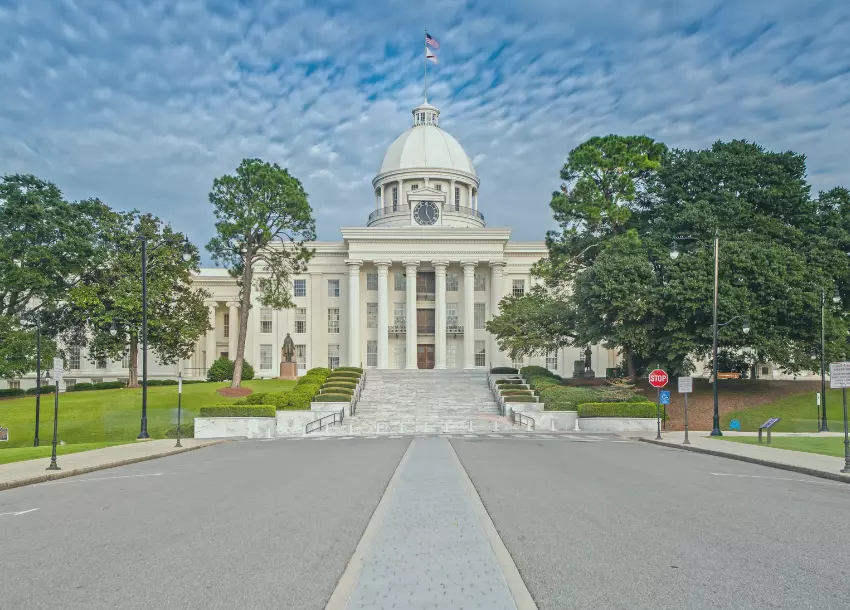Forecasting Effects on Employment Law of a New Administration in the White House
Given the President’s control over the Executive Branch, the outcome of the 2024 election will surely bring acute change in the direction of federal labor law. Below are a number of forecasts and projections in light of President Trump’s return to the White House.
1. NLRB Composition
The National Labor Relations Board consists of five members, though only four of the five seats are currently filled. Three of the four current NLRB Members, including the Chairman, are Democrats, and one is a Republican. One seat that’s been slotted for a Republican has been left open without a nomination since 2022. Chairman Lauren McFerran’s term ends on December 16, 2024. President Biden may or may not attempt to nominate a successor before his own term ends in January 2025. Alternatively, President Trump may have the opportunity to nominate a successor to Chairman McFerran in the new year.
Forecast: President Trump will appoint a pro-business/pro-management Board member and likely restore more traditional and fair procedures governing labor relations.
2. NLRB General Counsel
The Board’s prosecutor for violations of the Act, called the General Counsel, serves a four-year term. However, the courts have explained that the General Counsel serves at the pleasure of the President. So the newly-elected President will be free to retain or remove current General Counsel Jennifer A. Abruzzo. For reference, President Biden fired Peter Robb, the General Counsel during most of the Trump Administration, almost immediately after taking office in 2021.
Forecast: Trump will likely fire GC Abruzzo promptly, just as President Biden fired the previous NLRB General Counsel. Trump can be expected to appoint a management-side labor lawyer and reverse many of the Biden NLRB’s pro-union initiatives.
3. Impact on Labor Relations Law
Biden-era changes include decisions such as Cemex, which puts the burden on the employer to request an election when faced with a demand for recognition; Stericycle, which loosened the standard for whether workplace rules violate Section 7 of the National Labor Relations Act; and new rules that significantly shortened the time from the representation petition to an election, thus giving employees a very short time to hear any of the countervailing message from employers in campaigns. Currently, a pre-election hearing is typically scheduled eight calendar days from service of the notice of hearing. Before the current timetable was adopted, the Board scheduled elections to take place 20 business days after the decision and direction of election. The Biden NLRB also expanded its reach by prohibiting a broad range of non-disparagement and non-disclosure/confidentiality provisions and policies, while expanding the scope of what is considered to be “protected concerted activity.”
Forecast: The Trump Administration can be expected to attempt to seat a Board majority that could overrule multiple Board decisions from the Biden era, as well as the General Counsel policy initiatives. It is also possible that a Republican-majority Board would loosen the timetable for representation elections. A Republican-majority Board would likely revert to these prior guidelines.
4. Minimum Wage
The federal minimum wage has been set at $7.25 an hour since 2009.
Forecast: Trump has said he would consider a $15-an-hour federal minimum wage, if it doesn’t hurt small businesses. Minimum wage seems likely to increase. Trump previously declined to defend a similar Obama-era (salary threshold raising) OT rule, instead promulgating his own OT threshold increase, which resulted in far fewer people eligible for overtime pay (though President Biden’s DOL further increased these OT salary thresholds in 2024).
5. Manufacturing Jobs Creation
No one expects manufacturing jobs to be restored to the levels seen decades ago in the U.S.
Forecast: Trump may try to bring back and protect US manufacturing jobs by lowering the corporate tax rate for domestic manufacturers and imposing tariffs on all imported goods.
6. Labor Unions
While in the White House, Trump gutted federal employee unions and expressed support for Right to Work laws, which weaken unions by allowing workers to opt out of paying union dues. He stacked the Labor Department and the National Labor Relations Board with business-friendly appointees and may do so again.
7. Non-Compete Covenants
Non-compete agreements, which prevent workers from taking a job at a competing business or starting one of their own, were not a particularly hot topic in the presidential race.
Forecast: Trump seems likely to allow traditional enforcement of reasonable non-compete covenants. The Federal Trade Commission voted in 2024 along party lines to ban non-compete agreements, finding that they suppress wages and stifle innovation. The ban faced immediate legal challenges, and in August 2024, a Trump-appointed federal judge in Texas blocked the rule from taking effect nationwide. The district judge ruled in favor of a tax services firm in Texas, finding that the FTC had exceeded its legal authority.
8. EEOC General Counsel
Karla Gilbride, current EEOC General Counsel, would likely have been reappointed by Kamala Harris to another 4-year term so she could pursue stronger pregnancy-related protections and oppose the use of AI in hiring processes to prevent discrimination associated with AI.
Forecast: Trump will expectedly replace Gilbride with a more employer-friendly General Counsel at EEOC.
Just as the Biden administrative agencies departed sharply from their Trump-era predecessors, we expect a second Trump Administration to retreat from many of the aggressive Biden-era pro-labor interpretations and rulings. In general, we expect the return of a more business-friendly approach to federal labor law.
About Maynard Nexsen
Maynard Nexsen is a full-service law firm of nearly 600 attorneys in 31 locations from coast to coast across the United States. Maynard Nexsen was formed in 2023 when two successful, client-centered firms combined to create a powerful national team. Maynard Nexsen’s list of clients spans a wide range of industry sectors and includes both public and private companies.
Related Capabilities








